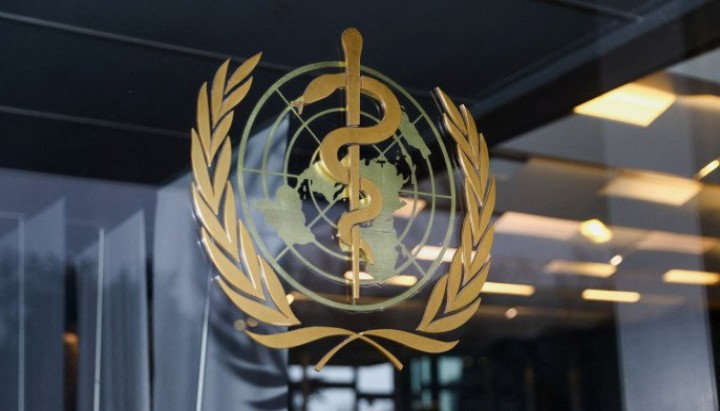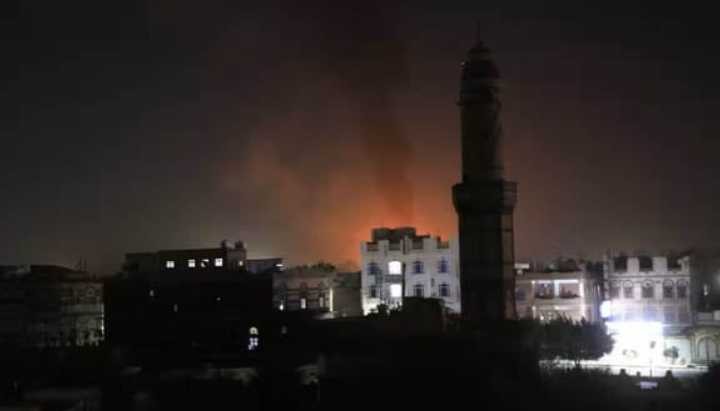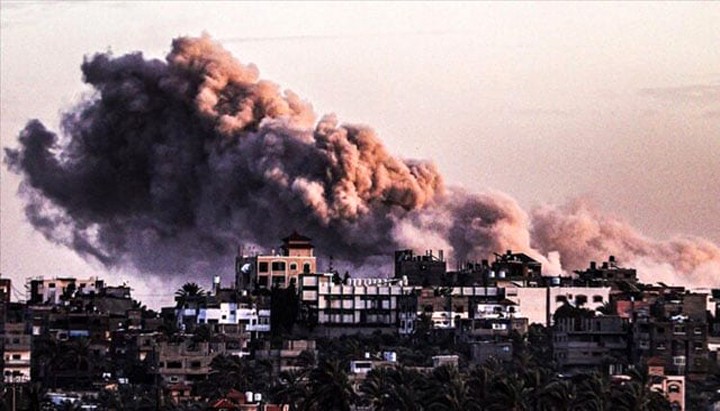US
financial contributions to the World Health Organization (WHO) have fallen by
25% during the coronavirus pandemic, provisional data show, with Washington's
future support to the United Nations agency under review.
The large
drop in funding versus the previous two-year period arose from cuts decided by
former US President Donald Trump that reveal for the first time the scale of
the Trump administration's retreat from the UN body.
US funds
are set to go up again in the WHO's next two-year budget following new pledges
in December including $280 million by President Joe Biden's administration.
However, the Biden administration has also raised doubts about Washington's
future support to the global organization.
The UN
agency did with over $200 million less from the United States in 2020 and 2021,
according to provisional WHO data contained in a budget document reviewed by
Reuters that has not yet been made public, though it managed to raise more funds
from other donors which enabled an increase of its total budget.
Washington
paid $672 million to the WHO for its latest two-year budget, down from $893
million in 2018-19, the provisional data showed.
As a
result, the United States is no longer the WHO's top donor, with Germany having
replaced it gradually through transfers of more than a billion dollars over the
last two years.
The US
State Department did not immediately respond to a request for comment. A WHO
spokesperson did not immediately provide an official comment.
The Bill
and Melinda Gates Foundation is the third largest donor to the WHO, with $584
million in 2020-21, largely spent on a global programme to eradicate polio. The
foundation did not immediately reply for a request for comment.
Over the
past two years, US funds went down mostly in 2020 - Trump's last full year in
the White House - amid a sharp fall in so-called voluntary contributions.
Funding
doubled in 2021 when Biden took over, but the increase was not enough to fully
restore the US financing level compared to previous periods.
Trump cut
funding and moved to withdraw the United States from the WHO, accusing it of
being too close to China and having mismanaged the first phase of the pandemic
- accusations that the WHO has denied.
The Biden
administration brought Washington back into the WHO and vowed to restore
funding but has also voiced doubts about the WHO's ability to tackle new
challenges, including from China.
INFLEXIBLE FUNDING
Part of
the US financial contributions were delayed by the WHO to next year. But even
factoring this in, the fall in US funds was still about 20%, WHO data show.
About
one-third of US funds were mandatory membership fees, which remained stable compared
to past years at around $230 million per biennium.
This is
considered by the WHO the best funding because it allows higher flexibility in
spending and permits the agency to channel the money to where it is most
needed.
But the
majority of funding went to areas selected by the US government.
This is
part of a wider trend, with the WHO having received in total just less than 20%
of its funding in recent years from these mandatory contributions, without
strings attached.
The WHO
document showed that one of the areas underfunded as of Dec. 21 was country
preparation for health emergencies, such as the current pandemic, which is only
73% funded.
WHO
Director-General Tedros Adhanom Ghebreyesus reiterated on Tuesday that the
current funding structure was restrictive.
"The
problem is still whatever we have done is mainly an earmarked budget, so it's
not really flexible enough," he told the WHO's Executive Board during a
public debate, saying that the current financing model was unsustainable.
The United
States is opposing a plan to raise mandatory fees, or assessed contributions,
to 50% of the WHO's budget in coming years.
"The
US seeks to better understand the current funding mechanisms, efficiencies and
decision-making before considering an increase in assessed contributions,"
US health official Mara Burr told the WHO board on Tuesday, noting Washington
supported efforts to address gaps in financing for preparedness.
By far the
largest part of the WHO's funding comes from voluntary contributions from
states or private donors who decide the sectors or even the projects where they
should be used.
This is
one factor that has led the Geneva-based agency to delay the use of some of the
funds since they could not all immediately be devoted to fighting the pandemic.








